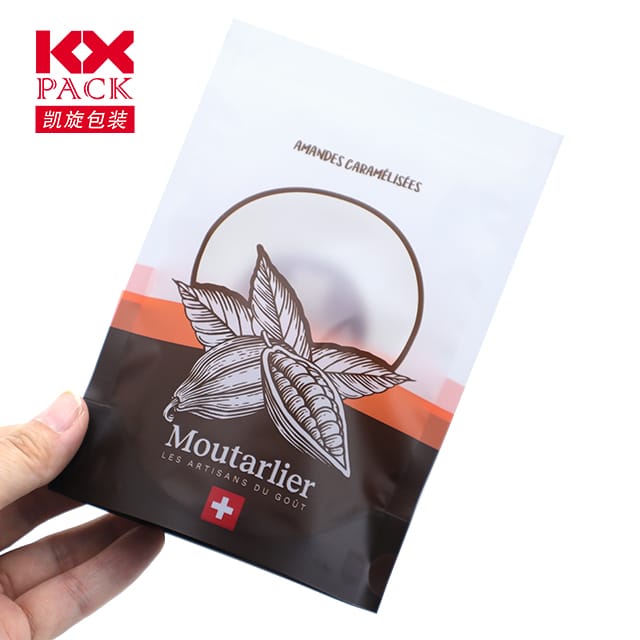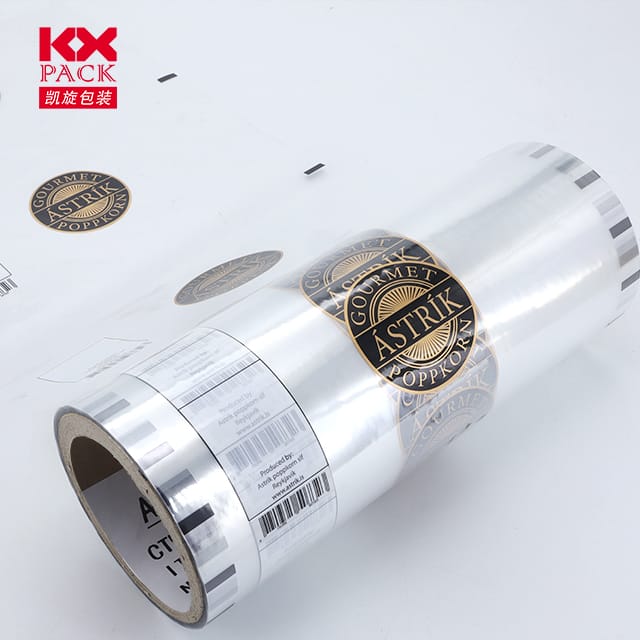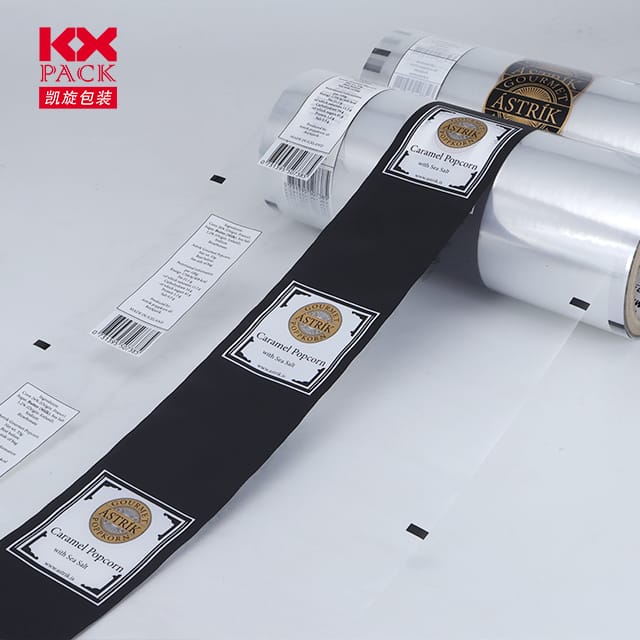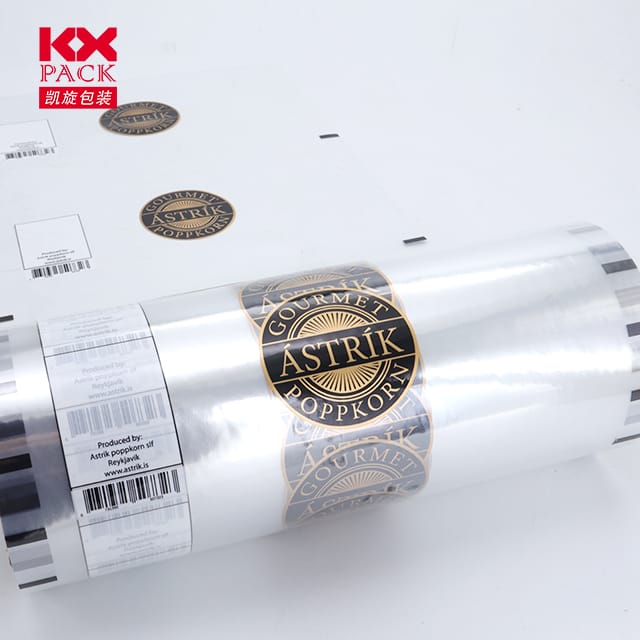The Ultimate Guide to Wrapping Film for Food: Saogalemu, Soifua Maloloina, and Smart Storage
Afifi ata mo meaai
In kitchens worldwide, Afifi ata mo meaai (ua lauiloa foi o le pipii ata, Laupepa palasitika, or food wrap) is a humble yet indispensable tool. Pe o oe o le puipuia o le LAFO, prepping meals in advance, or keeping ingredients fresh, the right wrapping film can make all the difference. Ae ma le faʻatupuina o popolega i le palasitika otaota ma vailaʻau saogalemu, how do you choose the best option? Let’s unravel the facts about food wrapping films and discover how to use them wisely for a healthier planet and pantry.
1. What Is Wrapping Film for Food?
O Meaʻai O loʻo afifiina ata o se manifinifi, flexible plastic sheet designed to create an airtight seal around food items. Its primary purposes include:
- Preventing spoilage by blocking air and moisture.
- Avoiding cross-contamination between foods.
- Maintaining flavor and texture in stored items.
Most commercial films are made frompolyethylene (PE), a safe and widely recycled plastic. Peitai, some older or cheaper varieties may containpolyvinyl chloride (PVC), which can leach harmful chemicals like phthalates—especially when heated.
2. Types of Food Wrapping Films: Which One to Choose?
Not all Afifi ata mo meaai are created equal. Here’s a breakdown of common options:
A. Standard Plastic Wrap (PE-Based)
- Faamoemoe: Gafatia, transparent, and clings well to surfaces.
- Leaga: Single-use and not always recyclable.
- Best for: Short-term storage of dry or cool foods (E.g., sandwiches, sisi).
B. PVC-Free Wrap
- Faamoemoe: Safer for health (no phthalates), often thicker and more durable.
- Leaga: Slightly pricier than standard options.
- Best for: Families with children or those avoiding synthetic chemicals.
C. Biodegradable/Compostable Wrap
- Faamoemoe: Made from plant-based materials (E.g., cornstarch), breaks down naturally.
- Leaga: Less clingy, may not seal as tightly; often requires industrial composting.
- Best for: Eco-conscious households willing to pay a premium.
D. Reusable Silicone Food Covers
- Faamoemoe: Washable, tumau, and heat-resistant (safe for microwaves/ovens).
- Leaga: Bulkier than plastic wrap; not ideal for wrapping irregular shapes.
- Best for: Covering bowls, pans, or large produce items.
3. How to Use Wrapping Film Safely and Effectively
- Avoid Microwaving Plastic Wrap: Vevela mafai ona mafua ai vailaʻau e faʻatau atu i meaʻai. Use microwave-safe covers or switch to silicone.
- Don’t Reuse Single-Use Film: Torn or stretched wrap loses its seal and may harbor bacteria.
- Wrap Food Tightly: Press the film directly onto the food’s surface to minimize air exposure.
- Store Properly: Keep film in a cool, dry place away from sunlight to prevent degradation.
4. Eco-Friendly Alternatives to Traditional Plastic Wrap
Concerned about plastic pollution? Try these sustainable swaps:
- Beeswax afifi: Toe fa'aaogaina, faapalaga, and perfect for wrapping cheese, bread, or veggies.
- Fabric covers: Lightweight cotton or linen wraps with a waterproof lining.
- Glass pusa: Airtight and infinitely reusable (great for meal prep).
- Aluminum Foil: Recyclable and heat-resistant, though not as transparent as plastic.
5. Le lumanaʻi o meaʻai o loʻo afifi: Innovations to Watch
The packaging industry is evolving rapidly to meet sustainability demands. Expect to see:
- Edible Films: Made from seaweed or starch, these wraps can be eaten or composted.
- Pulea Pulea: Films embedded with sensors to detect food freshness or spoilage.
- Water-Soluble Wraps: Dissolve harmlessly in water, Faaitiitia lapisi.
Fa'ai'uga: Wrap Smart, Live Greener
Wrapping film for food is a kitchen staple, but its environmental impact demands mindful choices. By opting for PVC-free, biodegradable, or reusable alternatives, you can keep your food fresh while protecting the planet. Remember: the best wrap isn’t always plastic—sometimes, innovation and creativity offer safer, smarter solutions.
Ready to rethink your food storage? Share your favorite eco-friendly wrapping hacks or tag a friend who’s trying to reduce plastic use! 🌱🍴
Upu autu: wrapping film for food, Laupepa palasitika, cling film, food storage, sustainable packaging, eco-friendly kitchen







